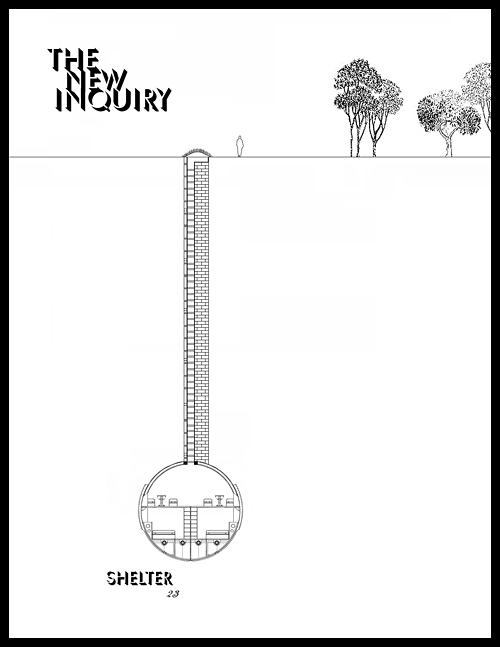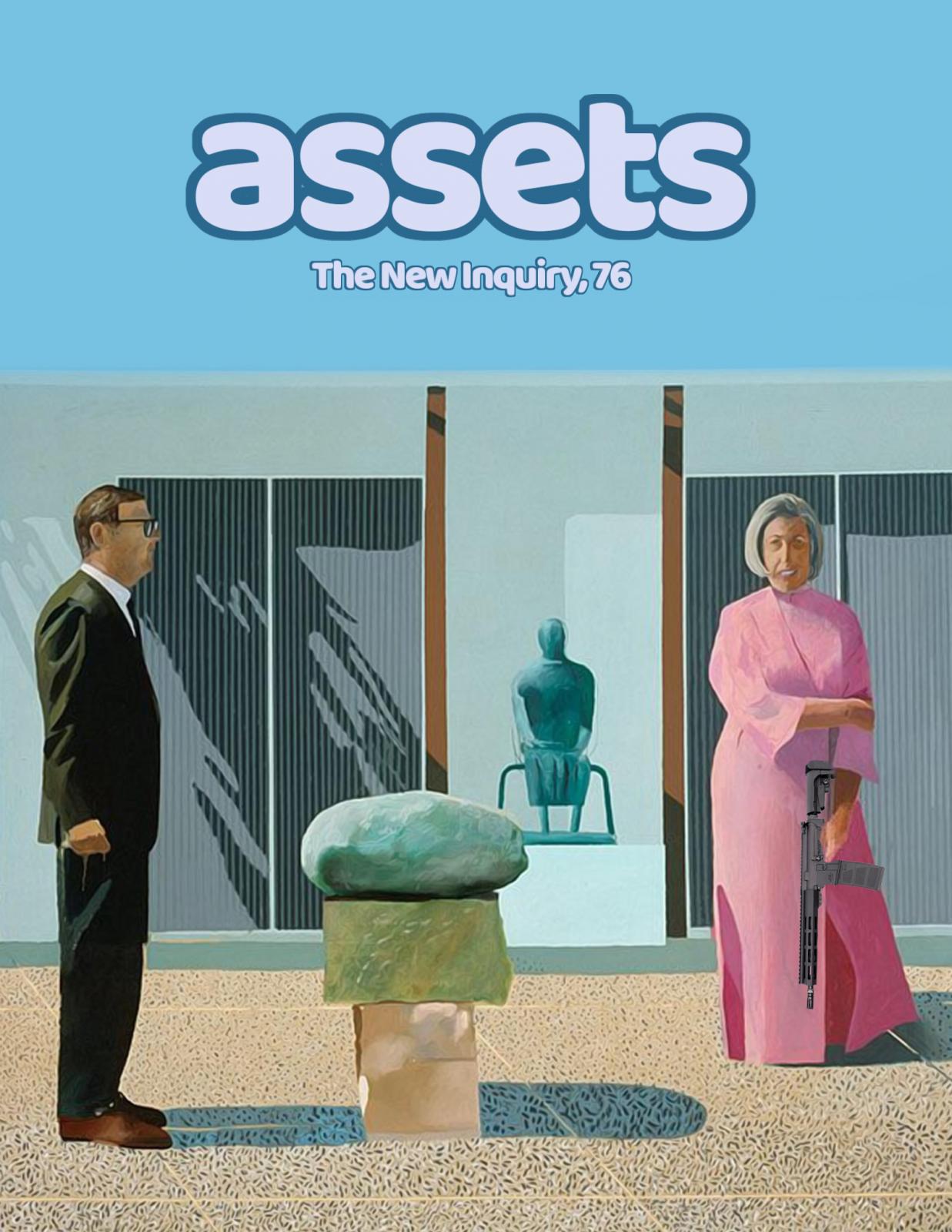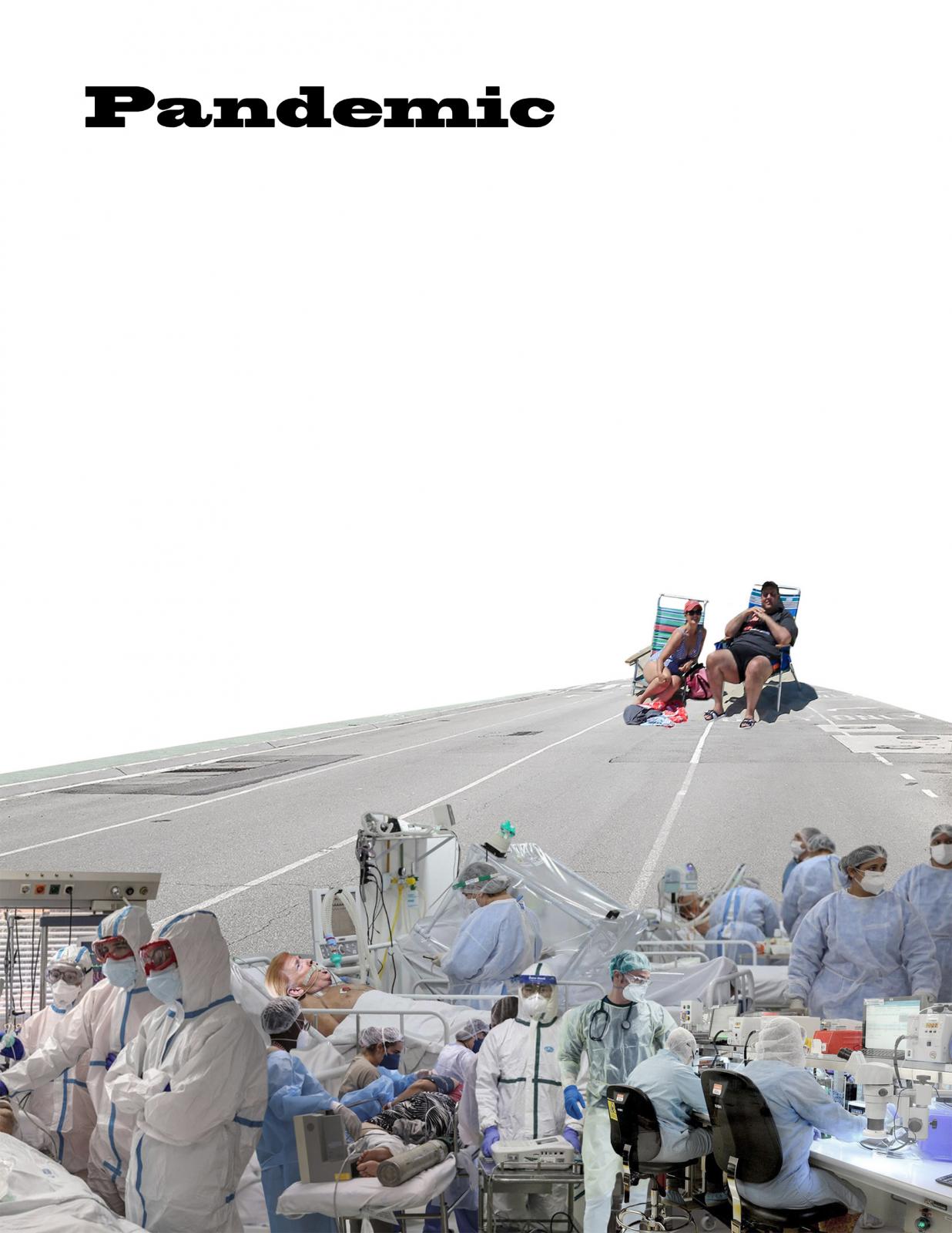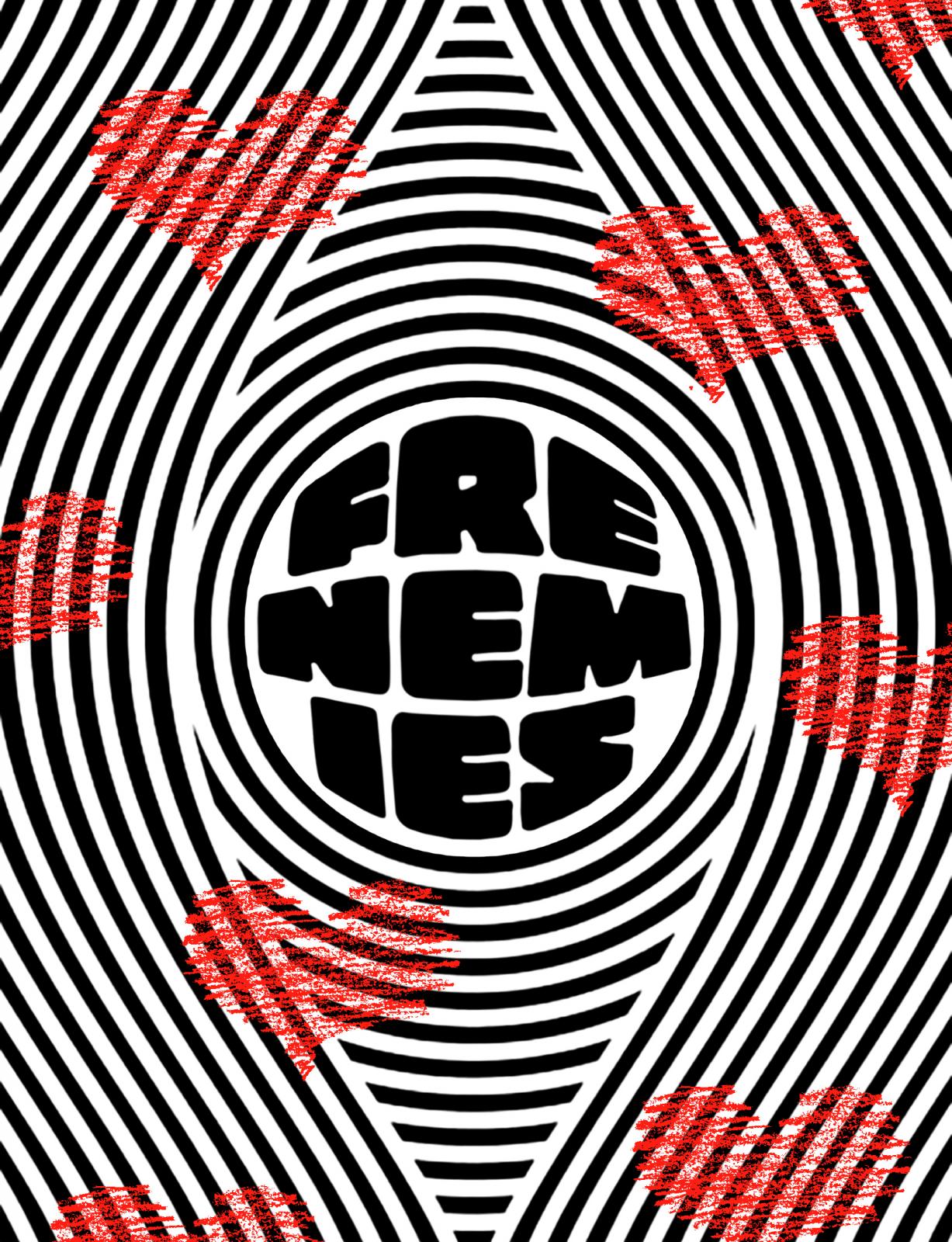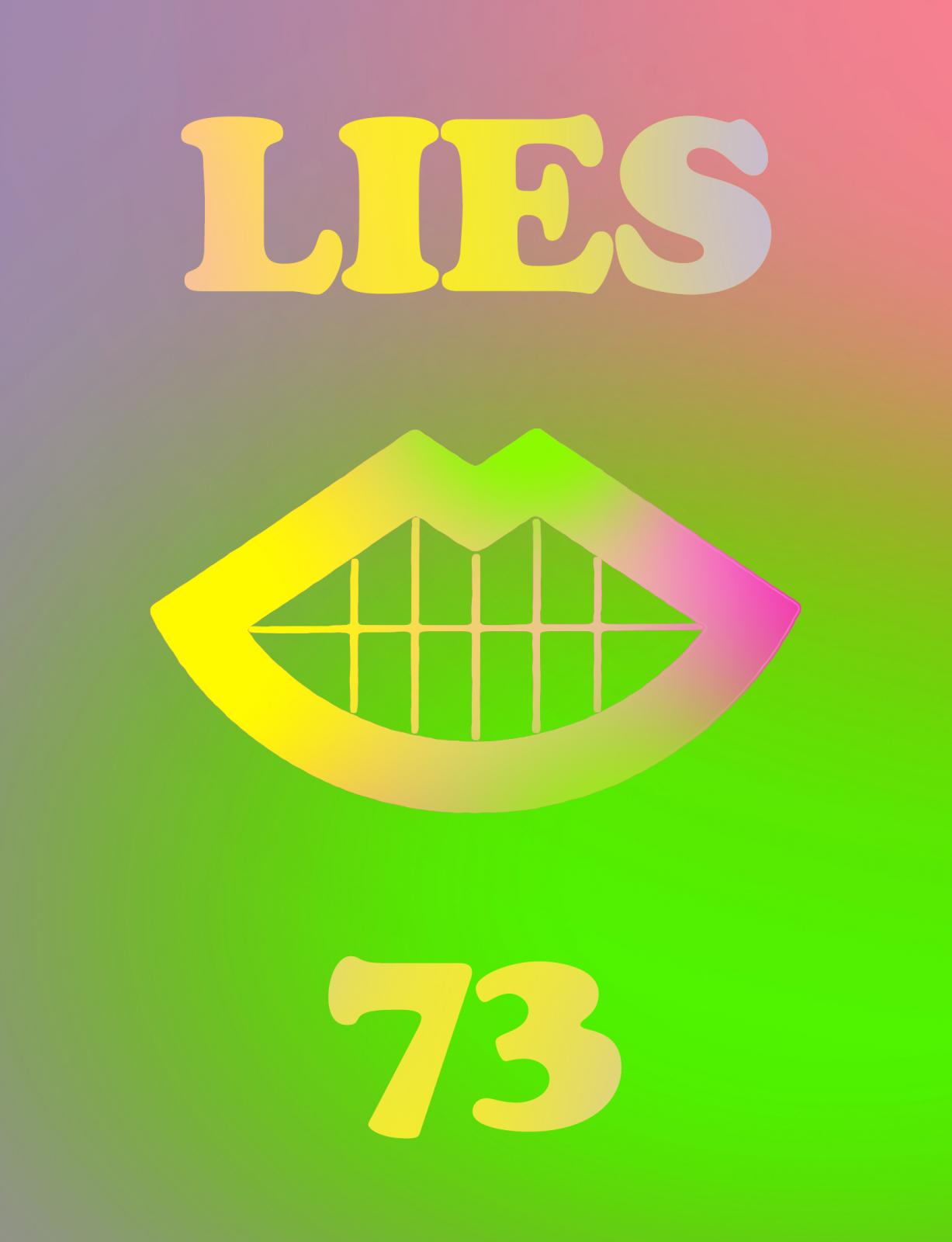Shelter
Editors' Note
Who today is not, in some sense, without a home? All our communication is groundlessly swept into vast dragnets. Privacy is a luxury, if not a total illusion. Wars have no borders. Everything is a battlefield. We are always a target, whether we feel the cross hairs on us or not. “The people flying drones are in trailers … But they could be anywhere,” physicist and filmmaker Peter Galison reminds us in an interview for this issue with Maryam Monalisa Gharavi. “There are no shelters. There is no fortress.”
Yet we still seek shelter, as though it might reassure us we have something left to protect, as if the endless search might distract us from the disappointed expectation that safety, never mind comfort, could actually be a social entitlement. But of course not all lack of shelter is remotely equivalent. Even while the cult of the homemaker has been revived for disaffected bourgeois as the New Domesticity, as Christine Baumgarthuber’s “Sewing Dissent” examines, the too poor and too mentally ill, as Laurie Penny details in “Room to Despair,” have dropped through holes in the fraying safety net as asylums became casualties of austerity.
In search of places and subjectivities of safety, Audrea Lim describes in “The Stoop and the Street” how she participated in a collective performance piece: women sitting on stoops discussed their feminisms as passers-by listened in. The results were mixed, and as the artist who arranged the performance noted when asked why the event provided no child care, “I don’t even know that the art world is the best place for this conversation.”
Colonialists on U.S. soil once insisted that home is where the hearth is, cooking up “many recipes pitched to a revolutionary’s sensibility” as Baumgarthuber details, making the home the nesting place of republican virtue. But what when our homes are foreclosed? Illustrator-journalist Susie Cagle depicts this plight in Oakland, California.
National homelands pose the same problem. “I didn’t say kill a million Arabs … I said millions of Arabs!” an Israeli settler snaps at anthropologist Callie Maidhof in her review of Max Blumenthal’s Goliath: Life and Loathing in Greater Israel. In Scotland, Cal Flyn sees a revived literary culture intertwined with the pursuit of political independence, with one leading novelist gaining fame when he described English people working in Scotland as either “settlers” or “colonists.” The massacre at the Westgate mall in Nairobi, which Tavia Nyong’o explains “In the Age of the World Target,” was “nowhere and anywhere,” reminds us that every home is someone’s battlefield. The global and local have collapsed intoglocal, an appropriately ungainly word that too is “nowhere and anywhere.”
The temptation to imagine others are coeval with their localities remains strong, but none of us are or ever have been. But there is no shelter in traditional forms of identity anymore—no protection in tribal belonging, only ambiguous comfort in national belonging, and no safety in a fantasy retreat into class-segregated enclaves. Our home must be elsewhere.
Featuring
-
Vol. 23 Editors' Note: Shelter
-
Everything Is a Target
-
Room to Despair
-
Nairobi in the Age of the World Target
-
Contemporary Scottish Friction
-
The Stoop and the Street
-
The Oakland Raiders
-
Sewing Dissent
-
Little Boxes on a Hillside
-
Extremists in The Mainstream
-
Unsolicited Advice for Living in the End Times, Vol. 23
